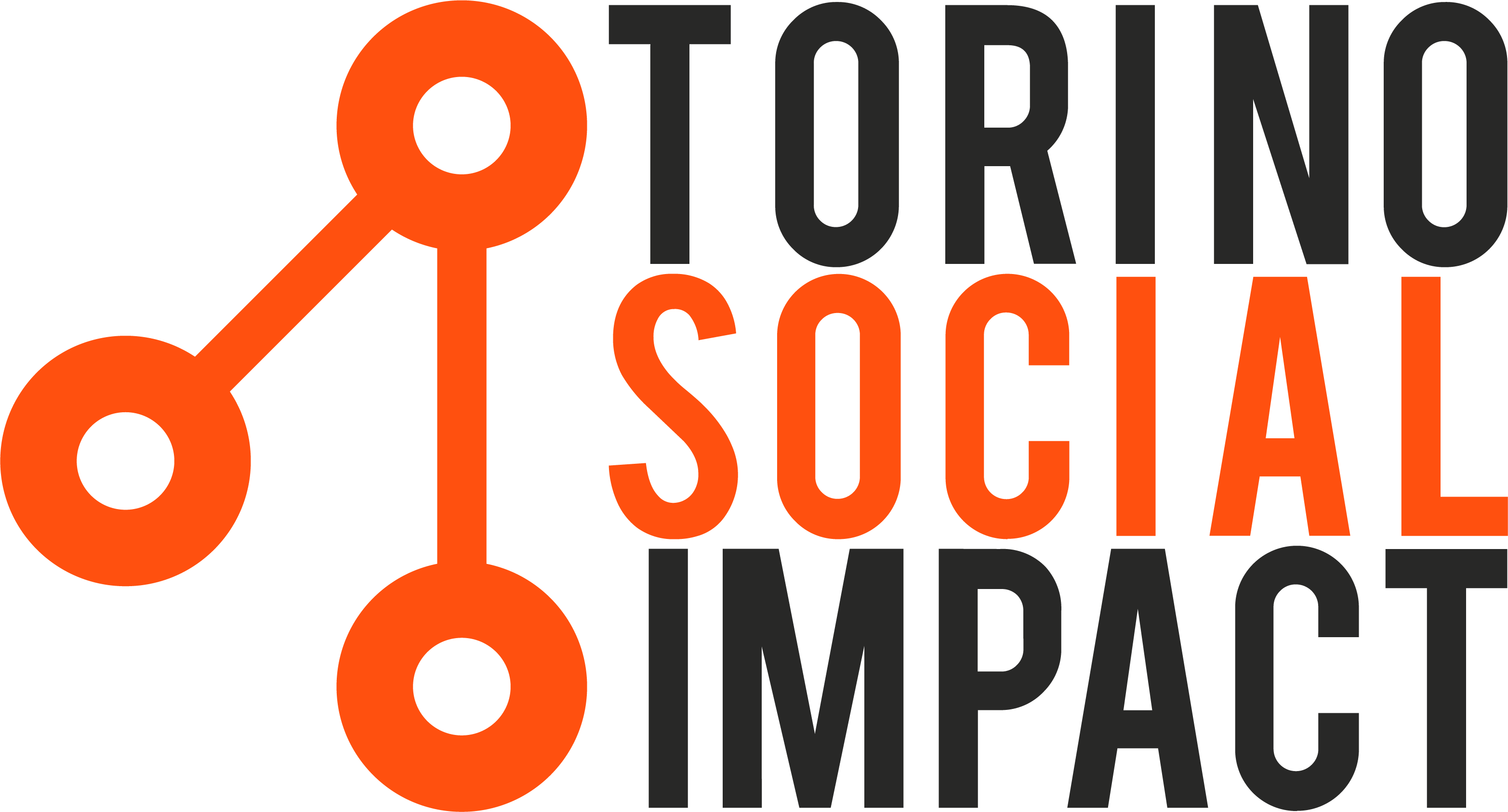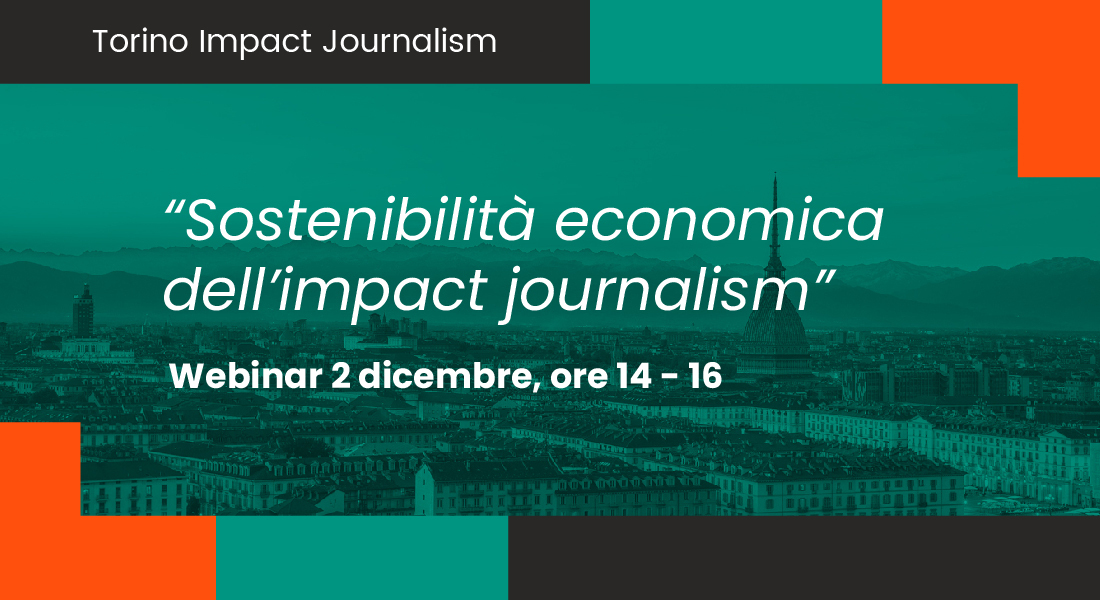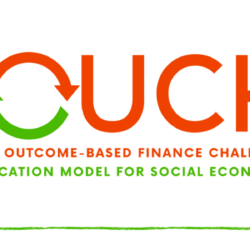On Monday, December 2, from 2 to 4 p.m., the course “Economic viability of impact journalism” took place, marking the fourth session in a series of webinars under the Torino Impact Journalism initiative. Supported by Social Impact Agenda per l’Italia, the initiative aims to explore how journalism can drive change by engaging all sectors of society—from institutions to businesses—to address major environmental and social challenges.
Strategies and Models for Economic Sustainability: Insights from Experts
In today’s rapidly evolving landscape of technological change and shifting information consumption habits, media outlets face a critical challenge: ensuring economic sustainability in the medium to long term. With high-quality journalism being vital to the functioning of democracies, striking a balance between securing new revenue streams and maintaining editorial independence has never been more crucial.
Against this backdrop, the webinar “Economic Sustainability of Impact Journalism” brought together industry experts to discuss economic challenges and potential solutions to ensure the sustainability of impact-driven newsrooms. It was an opportunity to exchange ideas between national and international perspectives, offering practical advice and concrete examples to help shape a sustainable future for journalism.
Organized in collaboration with the Order of Journalists, the webinar attracted 80 professionals, including journalists, communicators, media experts, and impact specialists. Moderated by Pietro Saccò, the event featured prominent speakers such as Styli Charalambous, Co-founder of Daily Maverick; Annalisa Eichholzer, Business Development Manager at Thomson Reuters Corporate Foundation; Lucy Nash, Impact Producer with the Bureau of Investigative Journalism’s Enablers team; and Francesco Zaffarano, Head of Content at Will Media.
The webinar consisted of two main sessions: the first focused on sustainable models and experiences in impact journalism, while the second delved into building a newsroom from the ground up.
Insights from Leading Voices in Impact Journalism
Styli Charalambous opened the discussion by sharing the evolution of Daily Maverick, a Cape Town-based publication that grew from a five-person startup to a team of over 100 full-time employees. A key driver of success was the Maverick Insider membership program—a community-driven, economically sustainable model. His insights on reader engagement strategies and lessons learned in building an impact-oriented newsroom in South Africa were universally applicable.
Annalisa Eichholzer highlighted the work of the Thomson Reuters Foundation, which supports impact journalism projects worldwide. She explained how the organization develops strategic partnerships to ensure the economic sustainability of newsrooms, offering practical advice on accessing funding and grants—particularly useful for those starting new projects. Eichholzer also outlined what makes a project attractive to funders in terms of social impact and economic viability.
In the Italian context, Francesco Zaffarano, Head of Content at Will Media, shared the rapid growth story of the platform, which successfully engages a young, digital audience. His talk focused on distribution and monetization strategies to balance economic sustainability with social impact while ensuring quality journalism. He also emphasized the role of the New Media Academy, developed by Will Media, in training journalists for impact journalism and the essential skills required to build innovative, sustainable newsrooms.
Finally, Lucy Nash, Impact Producer at the Bureau of Investigative Journalism, presented the organization’s impact model. She discussed how the Bureau generates real-world change through news and investigative reporting, sharing techniques and strategies to amplify their reach and effectiveness.
Practical Takeaways for Sustainable Journalism
Overall, the webinar provided a wealth of practical insights, demonstrating how solution-focused and constructive journalism can achieve economic sustainability. The experiences shared by the speakers serve as valuable guidance for journalists and newsrooms looking to develop a concrete and effective model for impact journalism.














